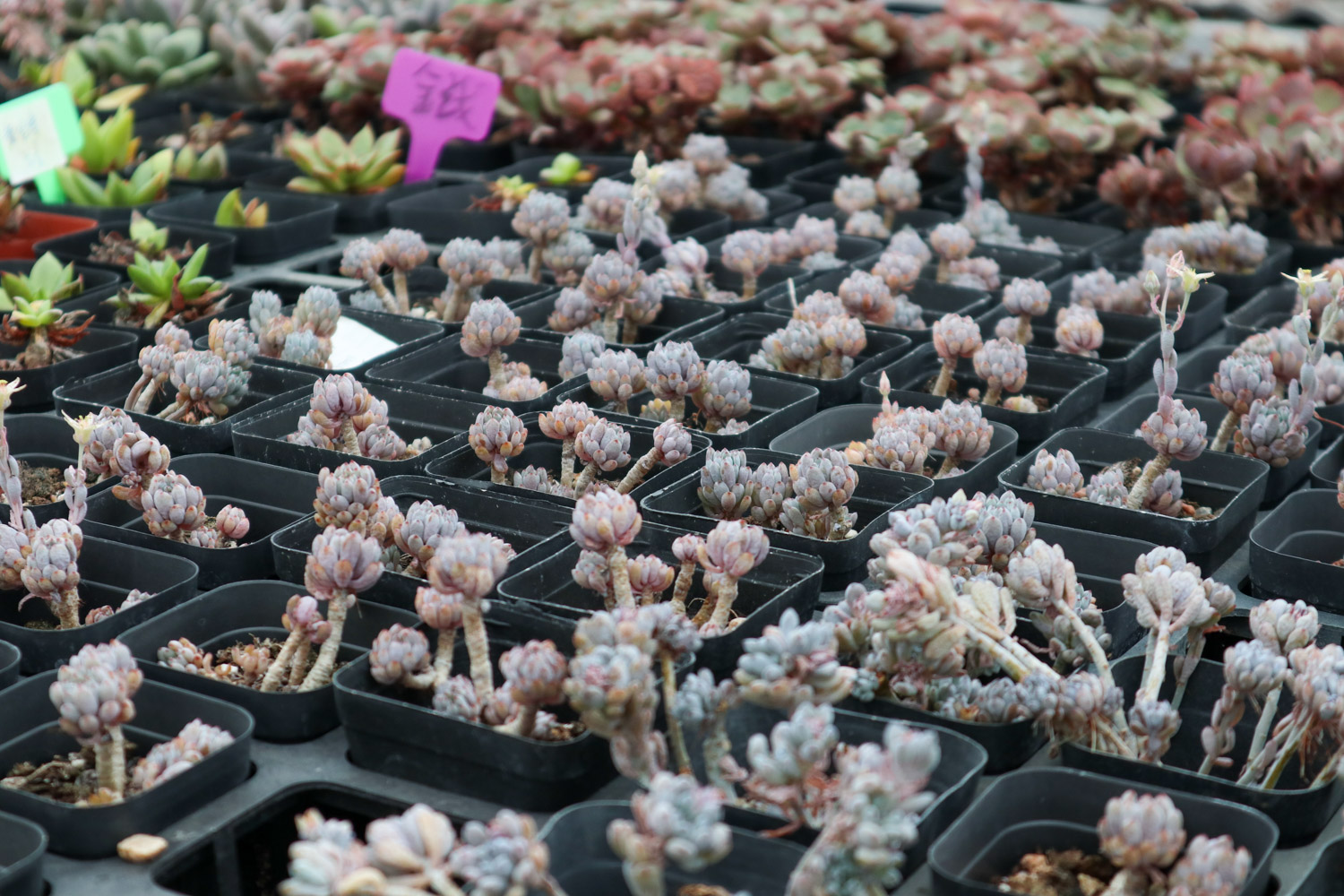How
Pruning
Normally, when pruning, just leave the taproot
Soil
Blue beans like sandy soil and can adapt to poor soil. It's best to prepare sandy soil with permeability. It can be mixed with 3 parts of rotten leaf soil, 3 parts of river sand, 1 part of garden soil and 1 part of slag. It can be mixed with some calcium powder and stirred

Watering
Attention shall be paid to prevent ponding and rotten roots. When dry, you can spray water in the surrounding air. The center of the leaf cluster should not accumulate water, otherwise it will cause rotten heart and avoid being drenched by rain
Sunshine: Blue beans like sunshine, but they should avoid high temperature. Too warm light will age the leaf surface and affect the viewing effect. Therefore, when the temperature is hot, they should be arranged on the balcony or windowsill with light in the morning and evening
Fertilization
For breeding blue beans, fertilizer can be applied once every 20 days. It is better to use rotten thin liquid fertilizer and nitrogen phosphorus potassium compound fertilizer. Blue beans prefer sandy soil and can adapt to the barren soil. Therefore, it is OK not to apply fertilizer. Do not splash fertilizer and water on the leaves when applying fertilizer. In the evening of the day of fertilization, water once to dilute the residual fertilizer in the soil

Precautions
Blue beans often suffer from diseases and insect pests. Chlorothalonil can be sprayed for control. Root knot nematodes can be controlled with 3% carbofuran granules. The pest is harmful to black weevil. Spray it with 25% carbaryl wettable powder

 jackfruit
jackfruit snake plant
snake plant hibiscus
hibiscus hydrangea
hydrangea lavender
lavender Green roses climb al...
Green roses climb al... If you don't pay att...
If you don't pay att... Management of four g...
Management of four g...

































